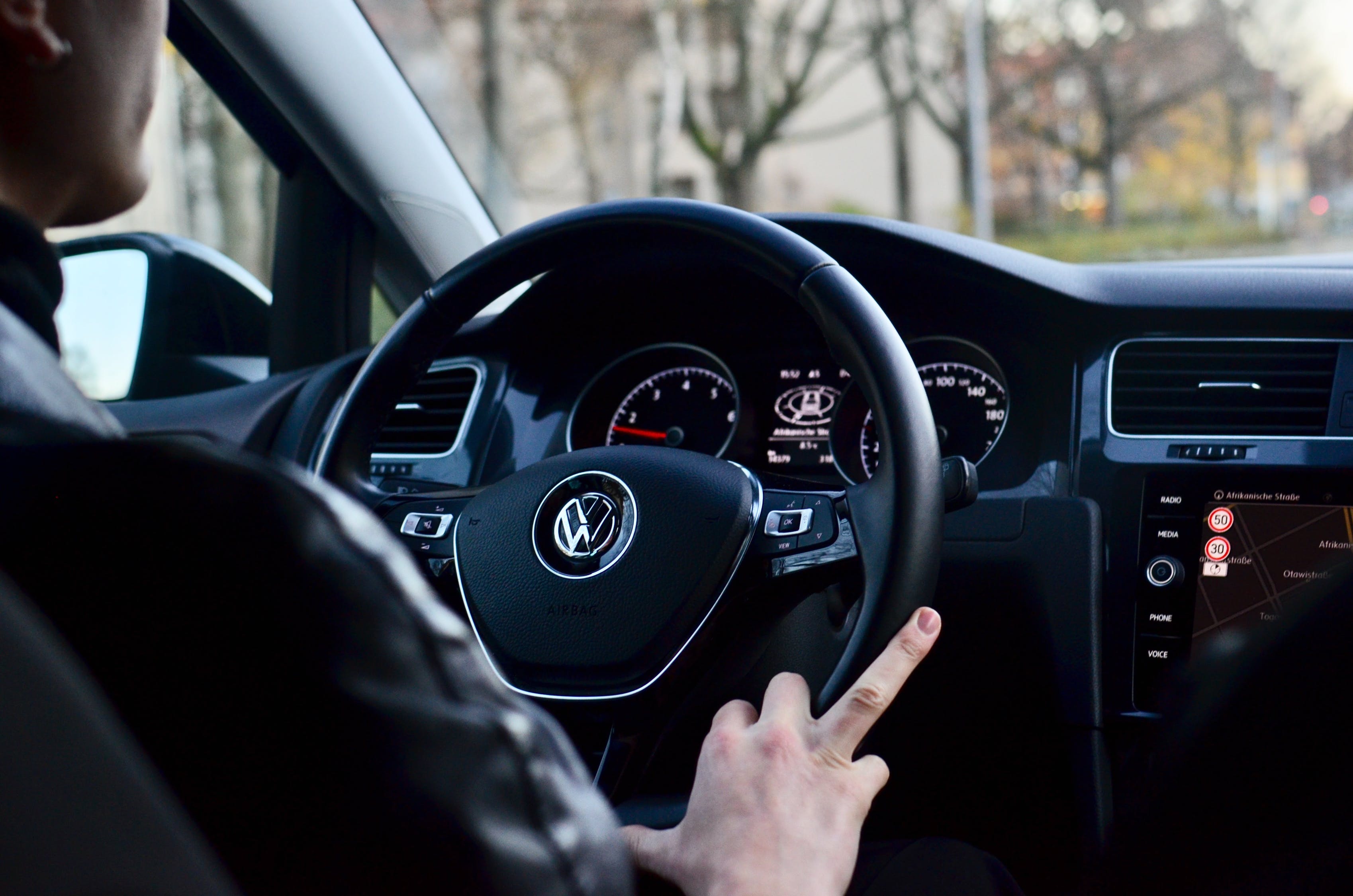How to Lease a Car: 9 Steps to Get the Best Lease Terms
Leasing a car can be a smart financial decision, allowing you to enjoy a new vehicle without the commitment of ownership. However, navigating the leasing process can be daunting if you're not familiar with the steps involved.
In this guide, we will outline nine essential steps to help you secure the best lease terms possible.

December 11, 2023
Determine Your Budget
To begin the process of leasing a car, it is crucial to carefully determine your budget. This step is essential as it allows you to establish a realistic spending limit and ensures that you select a lease agreement that aligns with your financial situation.
When determining your budget, it is important to consider not only the monthly lease payment but also additional expenses such as insurance, maintenance, and fuel costs. Assess your current income, expenses, and financial goals to determine how much you can comfortably allocate towards leasing a car.
Additionally, it is advisable to factor in any potential changes in your financial circumstances during the lease term. By carefully determining your budget, you can make informed decisions and avoid any financial strain throughout the leasing process.
Research Different Car Models
One important step in leasing a car is to research different car models. Before making a decision, it is essential to gather information about various car models available in the market. This will help you narrow down your choices and find the car that best suits your needs and preferences.
Start by considering factors such as size, fuel efficiency, safety features, and technology options. Look for reviews and ratings from reputable sources to get an idea of the performance and reliability of each model.
Additionally, compare the lease terms and pricing for different car models to find the best value for your money. By thoroughly researching different car models, you will be able to make an informed decision and find the perfect car for your lease.
Compare Lease Deals From Multiple Dealerships
When comparing lease deals from multiple dealerships, it is important to carefully evaluate the terms and conditions offered by each one. This step is crucial in ensuring that you get the best lease terms for your needs and budget.
Start by requesting lease quotes from different dealerships, either in person or online. Compare the monthly payment amounts, down payment requirements, and lease duration. Look for any additional fees or charges, such as acquisition fees or disposition fees.
Pay attention to the mileage limits and any penalties for exceeding them. It is also important to consider the residual value of the car at the end of the lease term.
Understand Lease Terms and Conditions
Understanding lease terms and conditions is crucial for ensuring a successful and beneficial car leasing experience. Lease agreements are legally binding contracts that outline the terms and conditions of the lease. It is important to carefully review and understand these terms before signing the agreement.
Key aspects to consider include the length of the lease, mileage restrictions, and any additional fees or charges. The lease terms will also specify the monthly payment amount and the option to purchase the vehicle at the end of the lease term.
It is essential to fully comprehend these terms to avoid any surprises or misunderstandings during the leasing period. If there are any unclear or ambiguous terms, it is advisable to seek clarification from the leasing company before proceeding.
Taking the time to understand the lease terms and conditions can help you make informed decisions and ensure a smooth and satisfactory leasing experience.
Negotiate the Lease Price
To ensure a favorable car leasing experience, it is essential to engage in negotiating the lease price, as this step can significantly impact the overall terms and conditions of the lease agreement. Negotiating the lease price allows for the opportunity to secure a better deal and potentially save money.
It is important to research and gather information on the car's market value, current incentives, and any available lease specials. Armed with this knowledge, one can approach the leasing company or dealership with confidence and negotiate a fair price.
It is also advisable to consider any additional fees, such as acquisition fees or disposition fees, and negotiate their inclusion or reduction in the lease agreement.
Review and Understand Insurance and Maintenance Requirements
It is crucial to regularly review and fully understand the insurance and maintenance requirements associated with the car lease agreement.
Before signing a lease agreement, it is important to carefully review the insurance provisions outlined in the contract. Most leasing companies require lessees to maintain comprehensive and collision insurance coverage to protect the vehicle in the event of damage or theft. It is essential to understand the minimum coverage limits and any additional requirements imposed by the leasing company.
Additionally, the lease agreement may specify certain maintenance obligations, such as regular servicing and repairs, to ensure the vehicle remains in good condition throughout the lease term. Failure to comply with these requirements could result in penalties or additional charges at the end of the lease.
Therefore, it is crucial to fully understand and adhere to the insurance and maintenance requirements to avoid any unnecessary expenses or complications.
Take a Test Drive
Before finalizing your decision to lease a car, it is essential to experience the vehicle firsthand by taking a test drive. A test drive allows you to assess the car's performance, comfort, and handling, helping you determine if it meets your expectations and requirements.
During the test drive, pay close attention to the vehicle's acceleration, braking, and steering response. Take note of any unusual noises, vibrations, or issues with the car's interior or exterior.
Additionally, test the car's features and technology to ensure they are user-friendly and meet your needs.
Finalize the Lease Agreement
After thoroughly reviewing and negotiating the terms of the lease, it is crucial to formally finalize the lease agreement. This step involves carefully reading and understanding all the terms and conditions mentioned in the agreement.
It is important to ensure that all details, such as the lease term, monthly payments, mileage restrictions, and any additional fees or charges, are accurately stated in the agreement. If there are any discrepancies or unclear points, it is advisable to seek clarification from the leasing company before proceeding.
Once everything is clear and agreed upon, both parties should sign the lease agreement. It is essential to keep a copy of the signed agreement for future reference.
Finalizing the lease agreement ensures that both the lessee and the lessor are on the same page and provides a legal framework for the lease period.
Inspect and Take Delivery of the Leased Car
To ensure a smooth transition, conduct a thorough inspection of the leased car upon delivery. This step is crucial in identifying any existing damages or issues with the vehicle.
Start by examining the exterior for scratches, dents, or paint damages. Check the tires for any signs of wear and tear.
Move on to the interior and inspect the seats, carpets, and dashboard for any damages or stains. Test all the electronic features such as lights, air conditioning, and infotainment system to ensure they are functioning properly.
Don't forget to inspect the engine and check for any leaks or strange noises.



